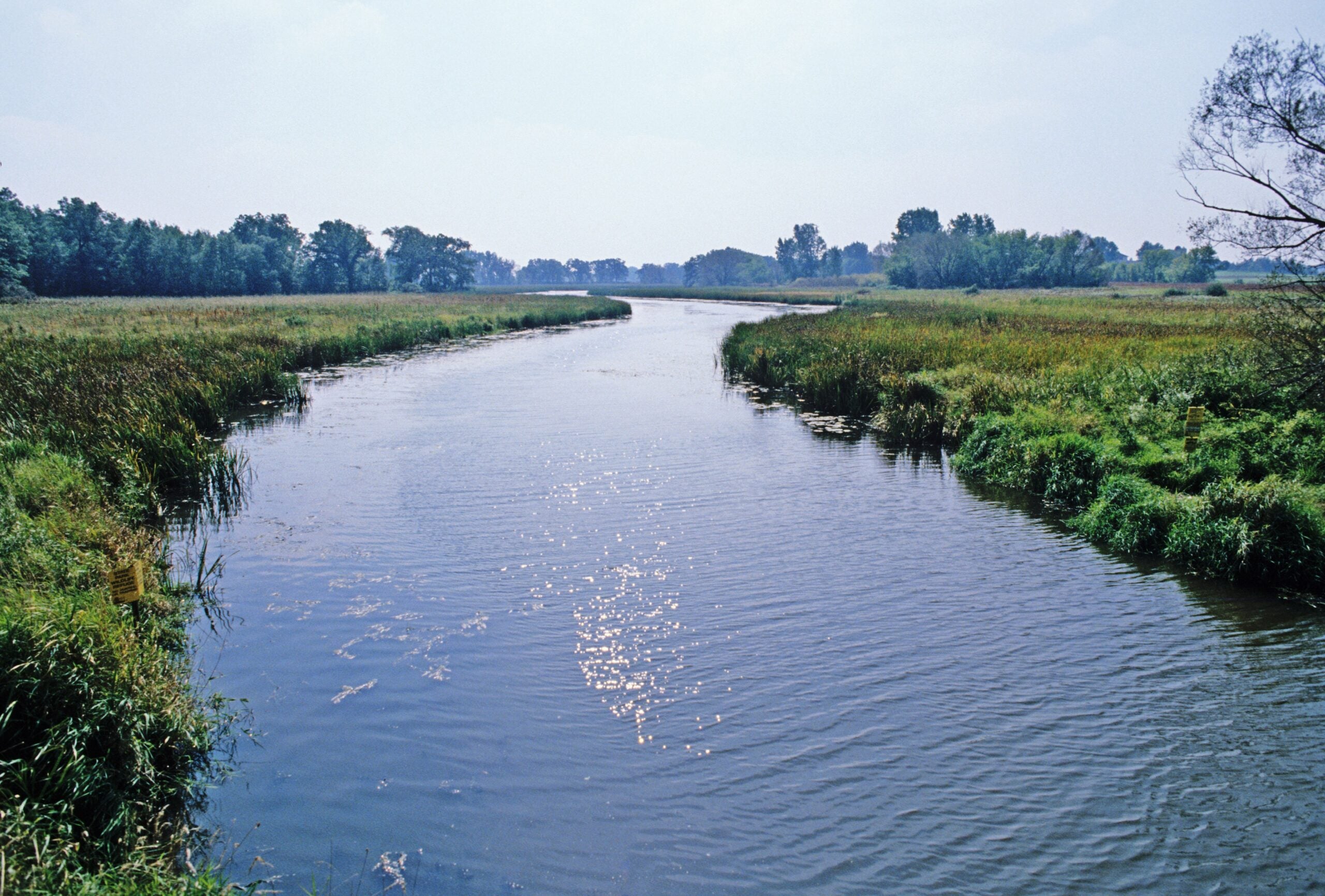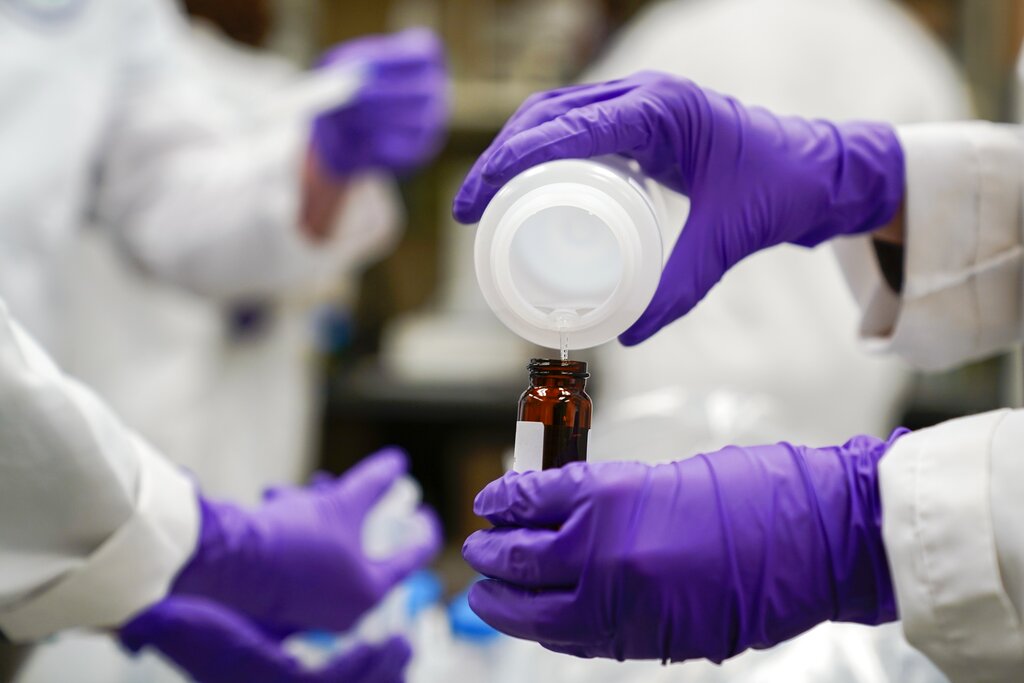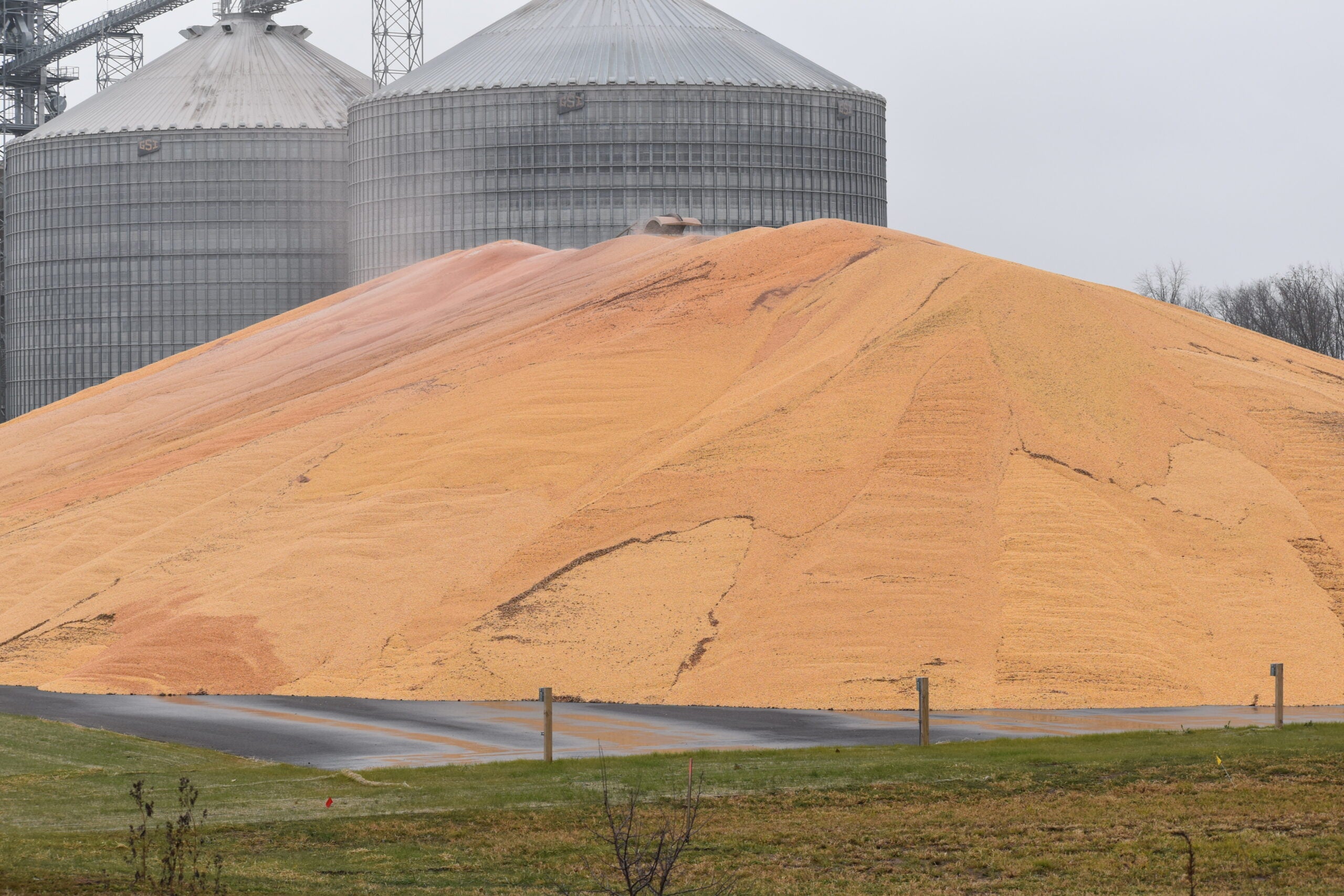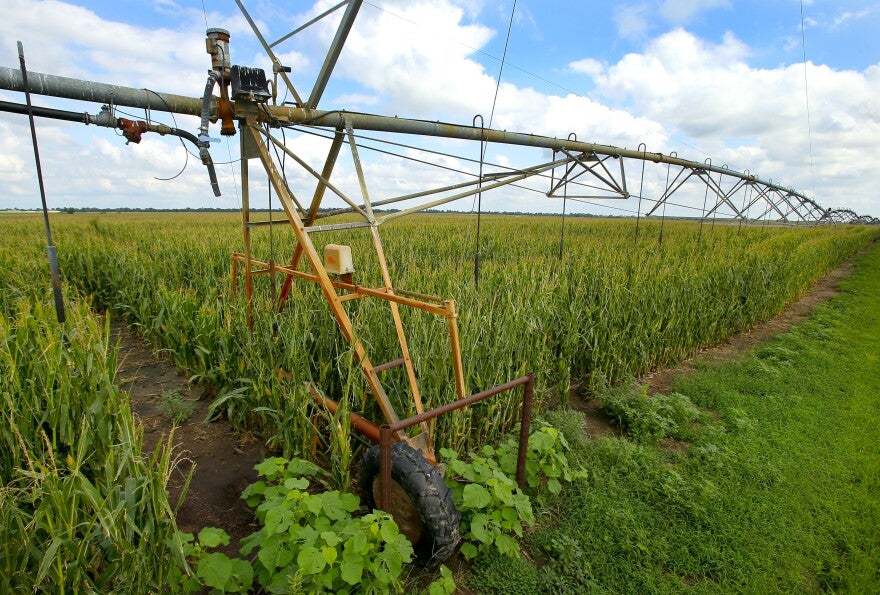A long history of heavy fertilization by growers has created an overabundance of phosphorus in Wisconsin soil, according to a new University of Wisconsin-Madison study, and farmers cutting back on manure and fertilizer application would help improve water quality.
The research by the UW-Madison Institute for Environmental Studies used computer models to simulate the movement of water and phosphorus in the Yahara Watershed. The study’s lead author, Melissa Motew, said scientists have long known a build-up of phosphorus spread on the soil decades ago continues to harms water quality. The new findings, she said, show how much harm is caused by the so-called “legacy” phosphorus and what a reduction of the chemical would mean.
“In a case where we modeled 50 percent less stored phosphorus than current levels, this resulted in a 35-percent reduction in the amount of phosphorus reaching Lake Mendota each year, and that’s really the key determinant in how good or bad the water quality will be in a given year, ” Motew said.
News with a little more humanity
WPR’s “Wisconsin Today” newsletter keeps you connected to the state you love without feeling overwhelmed. No paywall. No agenda. No corporate filter.
Crops like corn require some phosphorus, Motew explained, but some fields have substantially more than they need.
“We found that currently we have about four times as much phosphorus in soils than is actually needed to support crop growth,” she said. “Right now there’s an abundance of phosphorus that you could remove right away and not have any effect on agricultural productivity.”
Motew said high yield corn plants remove phosphorus so the hope is to cut back on how much of the chemical is applied to soils each year. The research was published in the journal Ecosystems this month.
Wisconsin Public Radio, © Copyright 2025, Board of Regents of the University of Wisconsin System and Wisconsin Educational Communications Board.







